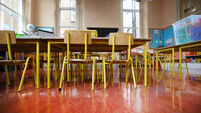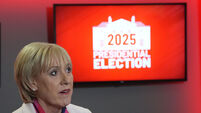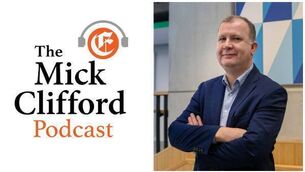Jess Casey: A year on, what have we learned from the school closures?
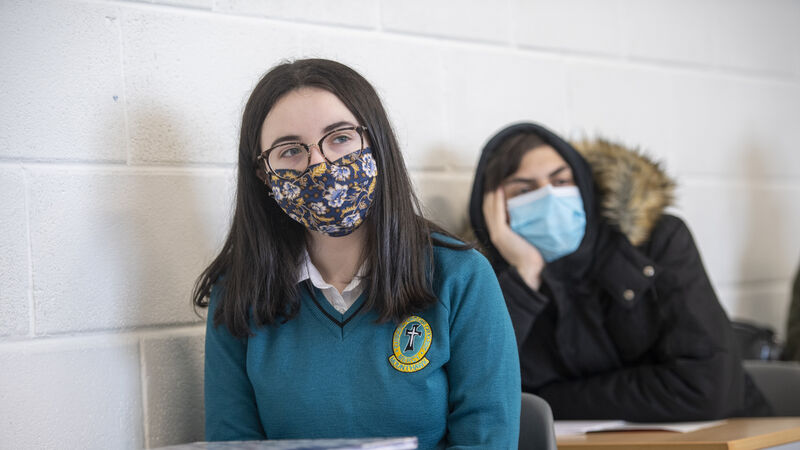
Holly Moriarty at Mercy Mounthawk School, Tralee, Co Kerry. Picture: Domnick Walsh
A year ago, the prospect of school and college closures and a total transition to remote learning was an alien concept here.
Last February, before the first case of Covid-19 was recorded in Ireland, news reports from China revealed the transformation in school life there. Some 200m students started attending school online in February 2020 after schools closed indefinitely.
Nationwide remote learning just seemed so strange to me at that time – it was a mad concept that could not possibly work here in Ireland with our patchwork broadband network.
At that time, evidence of Italy’s worsening situation was beginning to emerge, and there were reports of school tours and holidaymakers returning back here from Covid-19-hit regions, where villages were being shut down as infections skyrocketed.
However, while an outbreak here seemed to be a possibility, it still felt very distant, to the mind untrained in public health, at least.
Queries submitted to the Department of Education at the time about introducing remote learning were met with a "too early to say" rather than just a straightforward "no", as expected.
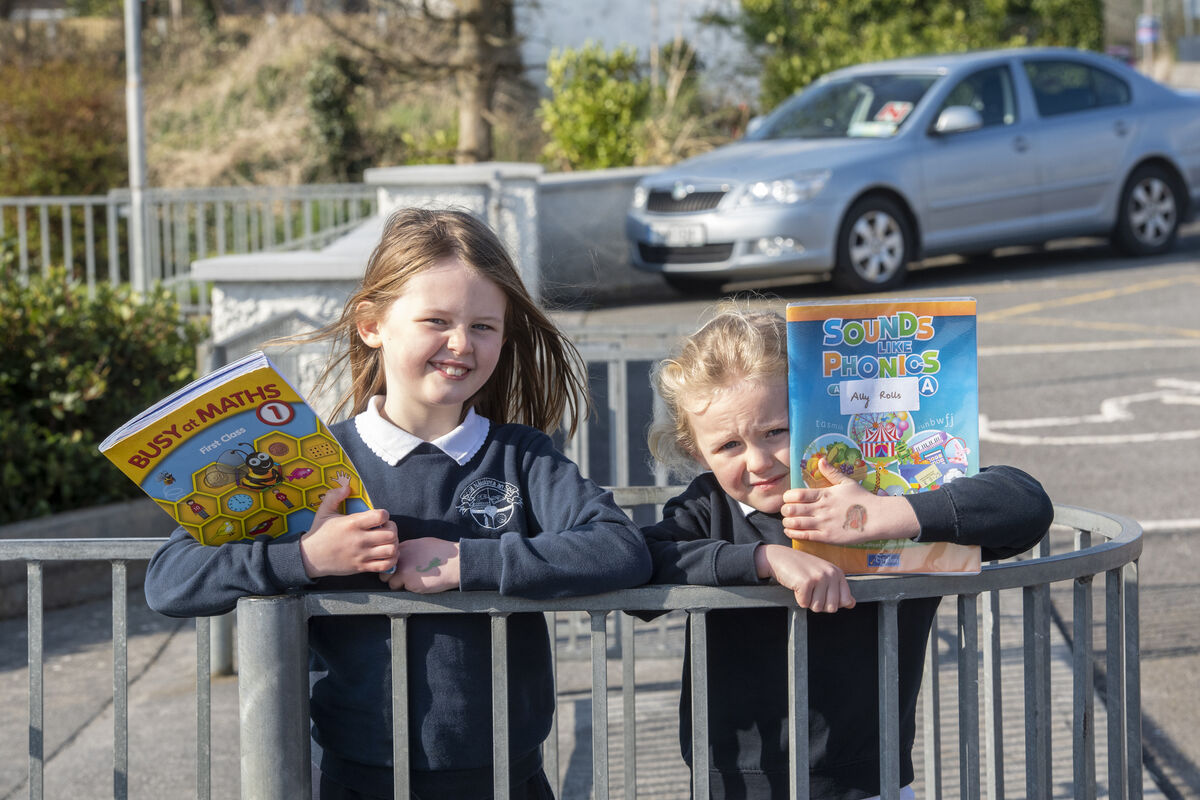
Many rumours of school closures circulated in weeks after that call, and continued right up until then taoiseach Leo Varadkar’s announcement on March 12. Third-level institutions began to plan for taking their operations online if they had to. Teacher friends contacted me to see if I had any further inside information. I had none.
Like many people, I naively thought at the beginning that school and college closures due to Covid would last for six weeks max. Now, here we are one year on. After two rounds of closures, the majority of Irish schoolchildren have spent roughly 80 days in their classrooms in the last year. Third-level students have no idea when they will be back on campus. So what have we learned – the good, the bad, and the ugly?
In an effort to put some form of method to the madness at the beginning of the pandemic, I kept lists to try to keep track of everything that was happening across all sectors of the education system. I kept adding knock-on effects, each day, sometimes hourly.
Universities were looking likely to go broke. Special education services curtailed. A significant number of students would lose access to nutritious food if school meals were withdrawn. How would families without access to the internet or devices cope? Huge question marks hung over the Leaving Cert.
There were times during the last year that were highly stressful, fraught, and upsetting for everyone involved in the education sector. However, there were also times when the system really showed its mettle during a crisis, and moments to be proud of.
One common criticism of education systems, in particular universities, in general, used to be that they were slow to change. Here, our entire system transformed overnight, and even though it was far from perfect by any means, education kept going.
Aside from technology, one aspect that allowed this was the flexibility shown across the board. This is something we need to engrain in the system moving forward.
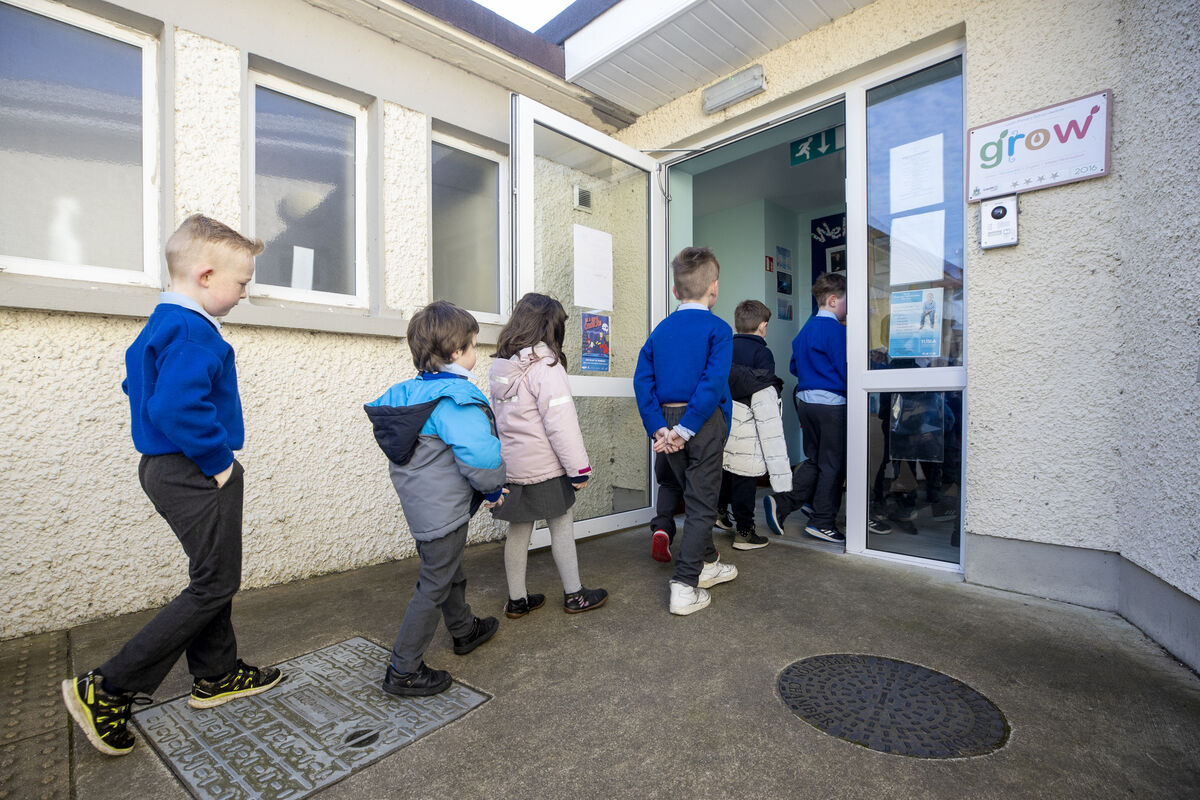
Many schools learned from the first round of school closures and were able to hit the ground running in January when they were forced to shut their doors again.
Third-level institutions have also committed to looking at ways they can offer more flexible learning options as we move out of the pandemic.
Done correctly, this could be hugely beneficial to students whose personal circumstances have limited how much time they can dedicate to on-campus learning.
Improving access to education is a common goal across education policy, from early years to third-level, and there is no reason why the same level of flexibility can't be shown to students when some semblance of normality resumes.
The last year has also acted as a strong reminder of the important role schools play in our communities. Teachers and lecturers had to adapt to online teaching too, often while overseeing their own family commitments.
Not only was a massive effort put into reopening schools in September, keeping them open and operating during the pandemic has been an enormous task for school principals, teachers, and students.
One of the biggest educational milestones over the last year came in May 2020, when the Leaving Cert as we knew it was cancelled. We have also introduced a completely new format for the 2021 exams, fairly late in the day.
Realistically, there needs to be further contingency plans in place for Leaving Cert 2022, sooner rather than later. Senior cycle reform has been on the agenda for many years, and even the Leaving Cert's biggest supporters accept there are aspects that could be improved on.
It is an understatement to say that the calculated grades process has been far from perfect, but time will tell if there is a wider appetite to return to the "traditional" exams as we knew them at all.
Many third-level students, rightly, feel they have been sidelined this year. While there was some talk prior to Christmas about resuming some on-campus activities this semester, the events of the last few months saw further restrictions imposed.
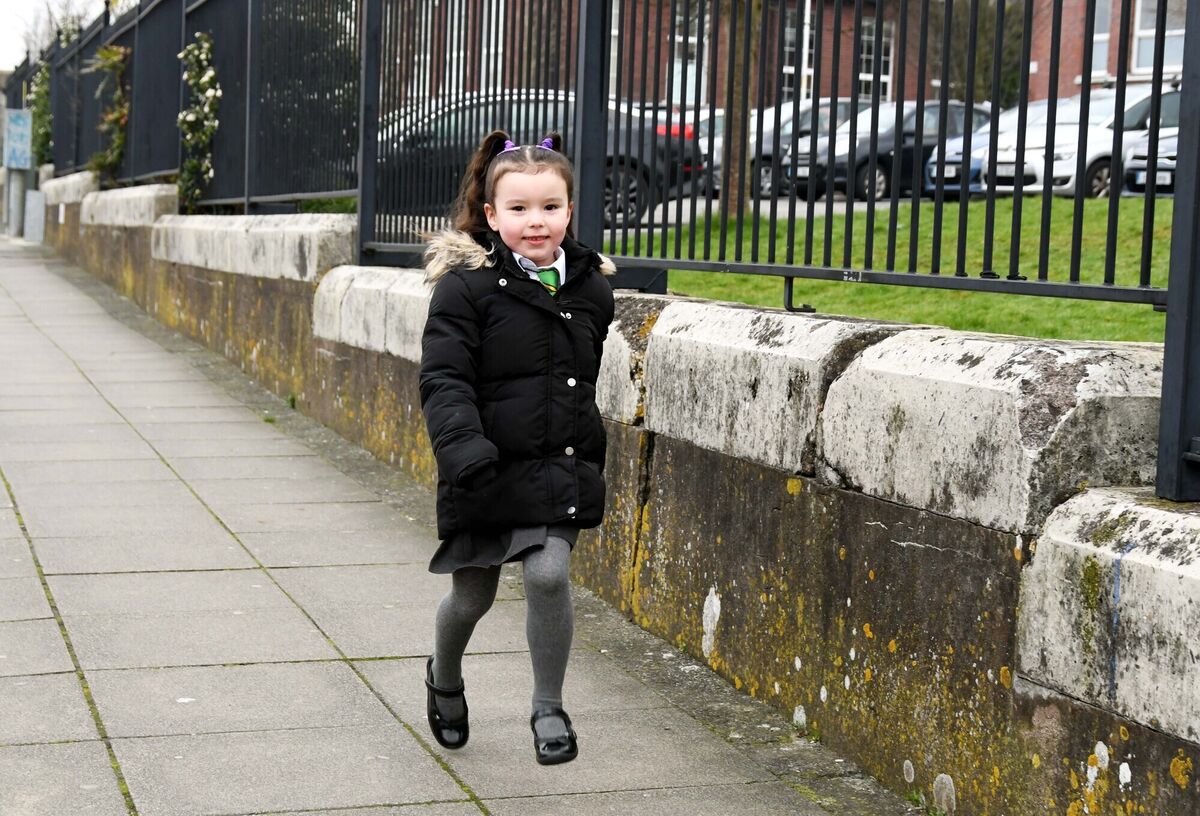
Students have put up with a lot this year. Very late Government announcements scuppered plans for last semester. The National Public Health Emergency Team (Nphet) prioritises the protection of in-person schooling as one of its core values. This should by all rights extend to third-level activities. Any moves to ease lockdown restrictions in the coming months should at the very least examine resuming some non-essential on-campus activities.
The last year of the pandemic has also highlighted the need for us to do more to support our most vulnerable students. Students in special schools and classes saw their schools shut twice, with no contingency plans in place for such an event.
We know that domestic violence and abuse increased during the lockdown, and that mental health, alcoholism, and drug addiction were exacerbated. Children will have been exposed to this. We know the pandemic heightened existing inequalities for children in direct provision, Traveller children, Roma children, and children living in homelessness.
Children's charity Barnardos is calling for a revised national policy to include a recovery programme and long-term supports to make up for lost learning and to support children's social and developmental wellbeing. It has also called for supports to reach out to those who may already have fallen outside the school network. Urgent action on this is needed.






